On 22 February, the Prime Minister announced the government’s proposed roadmap out of lockdown.
The road ahead
The government is hopeful that most of the economy will be able to open before the end of June, subject to four steps set against four key tests: How the vaccine roll-out is going; how vaccination is affecting hospitalisations and deaths, that infection rates are staying low and that new variants are not undermining the other three criteria.
Each step is separated by five weeks and at the end of the fourth week the government will review data and if it is deemed right to do so, proceed to the next step. This is so affected businesses will have a week’s notice to make the necessary arrangements to re-open their workplace.
Undergoing a Covid risk assessment
The starting point to transitioning into re-opening is to review your Covid risk assessment. It’s a document you should be familiar with as it underpins how to manage the risk of Covid transmission in the workplace. Like any risk assessment, it must be suitable and sufficient which means it must reflect any changes you anticipate in the workplace and/or activities that will soon recommence. For example, do you anticipate all staff returning on the same day, or if you are a retailer do you expect heavy footfall? In this case, the risk level will be higher.
Share your documentation with staff and ensure the primary risk control measures remain unaltered – social distancing, good hygiene, cleaning and disinfecting, ensuring good ventilation and, where appropriate, the wearing of masks.
Fortunately, there is an abundance of guidance available from the government which you may be familiar with that will help you with the Covid control measures you should have in place. The guidance is not law, but if you decide not to follow it you will have to show that you are taking other, equally effective measures. That will be the stance should you, for example, have a spot check from the Health & Safety Executive (H&SE).
Conducting a workable assessment
All the pre-planning and a thorough appraisal of the workplace will pay dividends. Your Covid risk assessment should be workable, drawing upon those control measures that follow the hierarchy set out in health and safety legislation. This legislation requires you to explore additional measures – for example, using screens or barriers to separate people from each other and staggering arrival and departure times to minimise contact.
One of the primary risk control measures is to maintain two metre’s social distancing where possible. Install clear signage to remind workers and visitors or customers of social distancing guidance and to avoid sharing workstations. Use floor tape and arrange one-way traffic through the workplace where possible.
Make sure that you are monitoring adherence to these measures. A simple walk about will let you know if you are achieving the right behaviours.
Working from home
The government insists that that workers should continue to work from home where possible. Many workers will have been working from home for twelve months and it may be a few more months before they return to the workplace. Therefore, you should re-visit your homeworker assessments to ensure they are still effective. It may be advisable to step up the frequency with which you communicate with them as a return to work looks more possible. Continuing to look after their physical and mental wellbeing is most important and should support your business’s values and behaviours.
If you would like to find out how the Chartered brokers ar Hine can help you to manage the risks within your business, call us on 0161 438 0000 or email [email protected].




